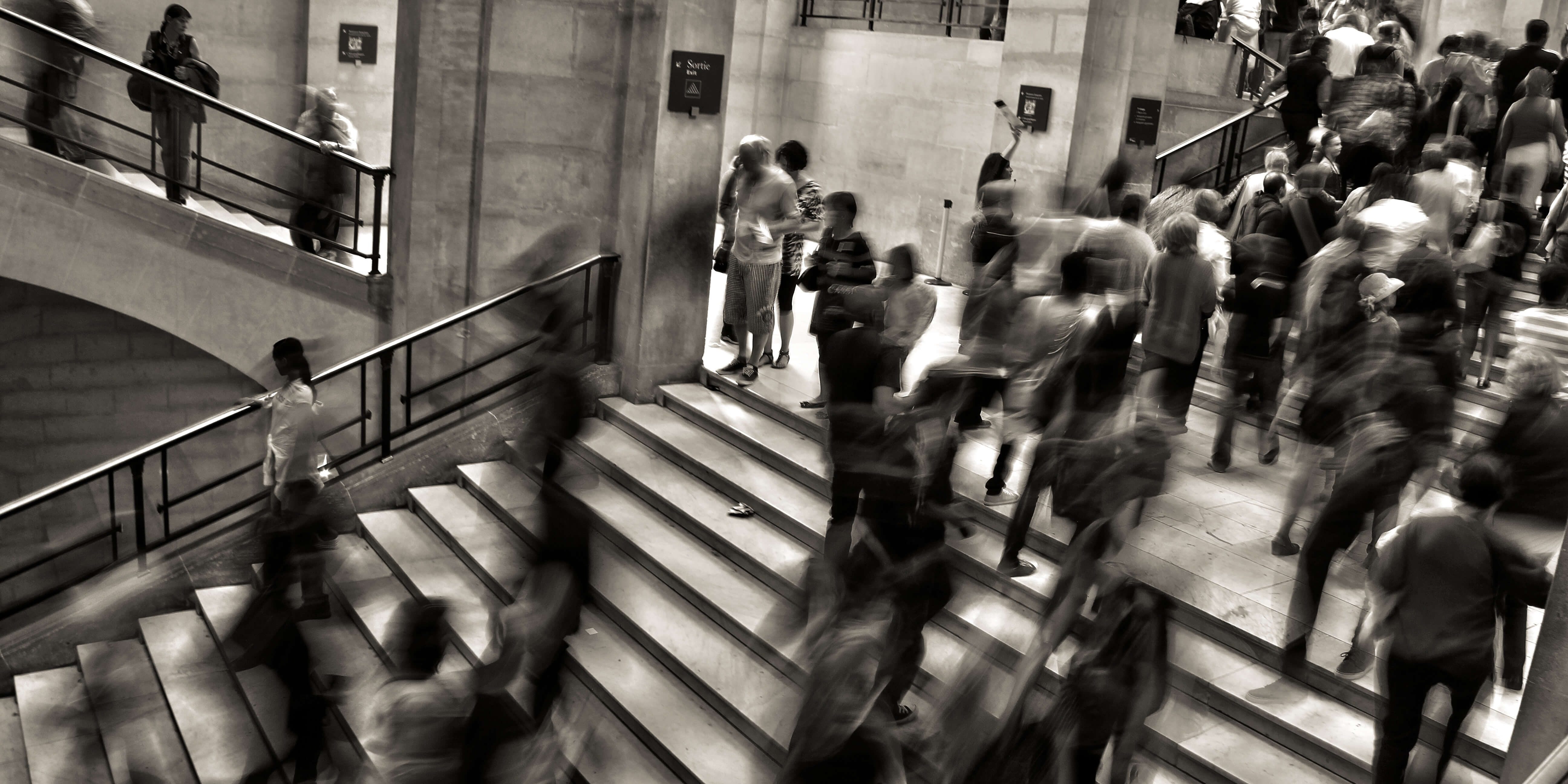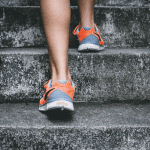Stress and osteopathy
This article is written to help you create a better foundation that is necessary in order to best deal with your daily stress.
There are many methods at your disposal to help you control it. In this way, you won’t see stress as something inevitable!
Your lifestyle
A good diet

The benefits of fruits and vegetables are no surprise to anyone. This is thanks to their richness in oligo elements (copper/zinc/selenium/iodine), vitamins (A/B/C/E) and mineral salts (magnesium/potassium/calcium/phosphorus/iron).
A good night’s rest

Sleeping at night and being awake during the day are closely linked. In fact, poor quality sleep can bring on functional problems and reduced daytime activity and problems coping with stress during the day will have negative effects on the quality of sleep.
Less addictions

Tobacco is toxic to the organism. It brings with it a lowering of the body’s oxygenation, a destruction of vitamin C and fatigue.
Alcohol is harmful to the liver and those who consume it tend to gain weight. Its consumption usually leads to physical inactivity, which is harmful to psychological stability.
Exercises to help you relax
Reducing tension with muscular relaxation
Learning to relax yourself from head to toe, to meet and welcome all the sensations in your body, you’ll be conscious of your tension and you will be able to eliminate your stress progressively.
It’s muscular relaxation that brings us towards a greater consciousness of our body.
I invite you to read an article that was previously written on the stretching of muscles.
To make progress, you’ll have to practice them regularly. You will relax more and more easily, more and more deeply, and you will have longer lasting benefits.
Visualization Technique

The technique of visualization is a technique that allows us to recall images. Images that are pleasant, peaceful, and of simple happiness will release the brakes of the unconscious mind, to combat fear, develop creative potential and considerably diminish stress.
Visualization releases the secretion of endorphins (that provoke the sensation of wellbeing and have an analgesic effect on pain), reduce arterial and muscular tension, stimulate the immune system, ease and reduce anxiety.
How to do it ?
To profoundly anchor a positive image in yourself, observe your surroundings intensely, as if you were taking a mental photo, the most precise one possible. It’s an image that must bring you serenity, strength, completeness, almost a feeling of the absolute.
Inhale, exhale, and breathe through your belly!
Breathing with the stomach allows the diaphragm to do its work. The diaphragm is the principal inspiratory muscle and is situated between the thoracic cage and the abdomen.
How to do it ?
Inhale for three seconds through the nose while inflating the stomach and pushing the belly button out.
Hold your breath for 3 seconds.
Exhale slowly through the mouth while allowing the stomach to deflate, for 6 seconds.
Breathing techniques have the advantage of being able to be practiced anywhere. A quiet space and a few minutes to yourself, that’s all you need!
Inhale the positive, exhale the negative.

Osteopathy
The goal of the osteopath is to regulate the vegetative nervous system by bringing it back into balance. It’s largely this system that is at the origin of the problems arising from stress.
Because of this, the osteopath employs three different and complementary methods, offering maximum efficiency:
As usual, the techniques are specific to the patient. As well as looking to solve his or her problem, the practitioner will also be hoping to create a long-term change and therefore treat the whole of the body in depth.
Many sessions are usually necessary to create a stable result, but the number will vary depending on the problems encountered.
It is also possible for the patient to consult the osteopath as a preventative measure, as in the case of a dreaded upcoming event such as an examination.
Conclusion
Having confidence in ourselves, in our capacity to see the world, others, to accept and transform our emotions into something positive, constructive so as to go ahead, project ourselves into the future, to believe in ourselves and to dare, without fear.
This article will have achieved its goal if it allows you to see stress in a different way and to ensure a better management of it.
The osteopath therefore participates in the patient’s wellbeing with his global approach, his patient-specific manipulations and his provided advice so as to help the patient find serenity once more.







